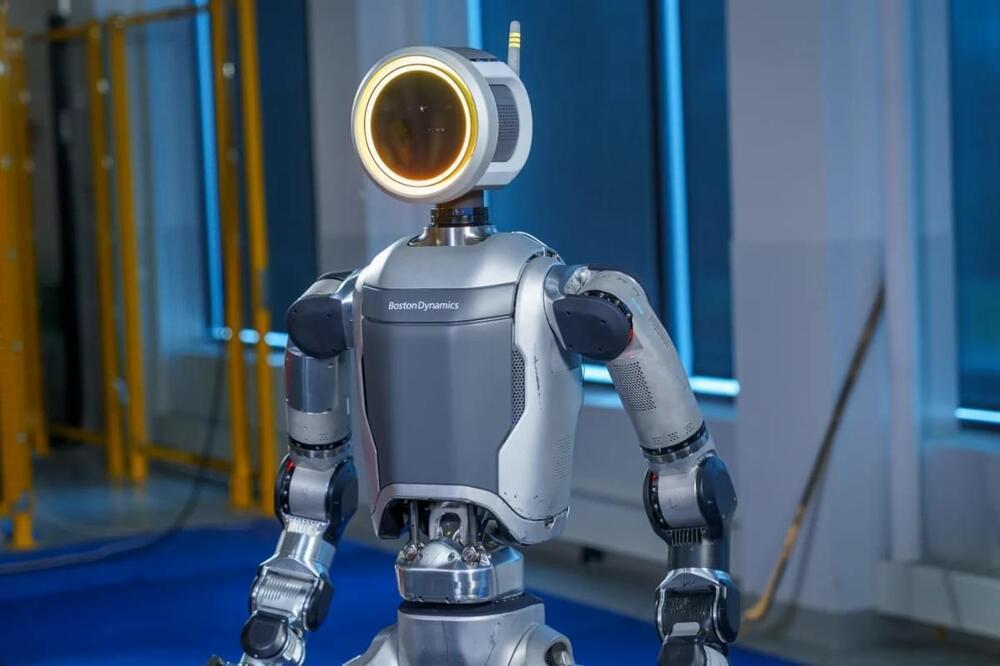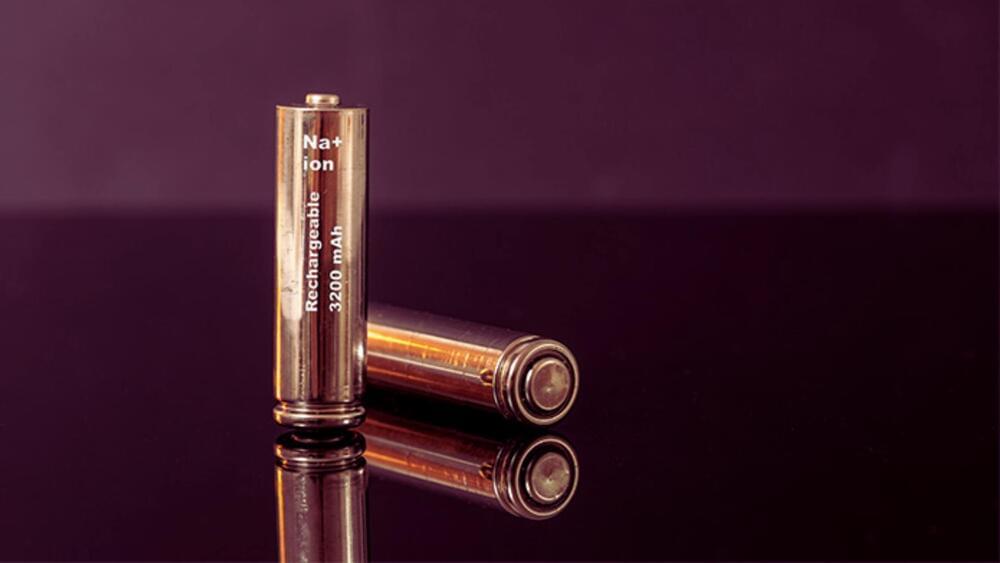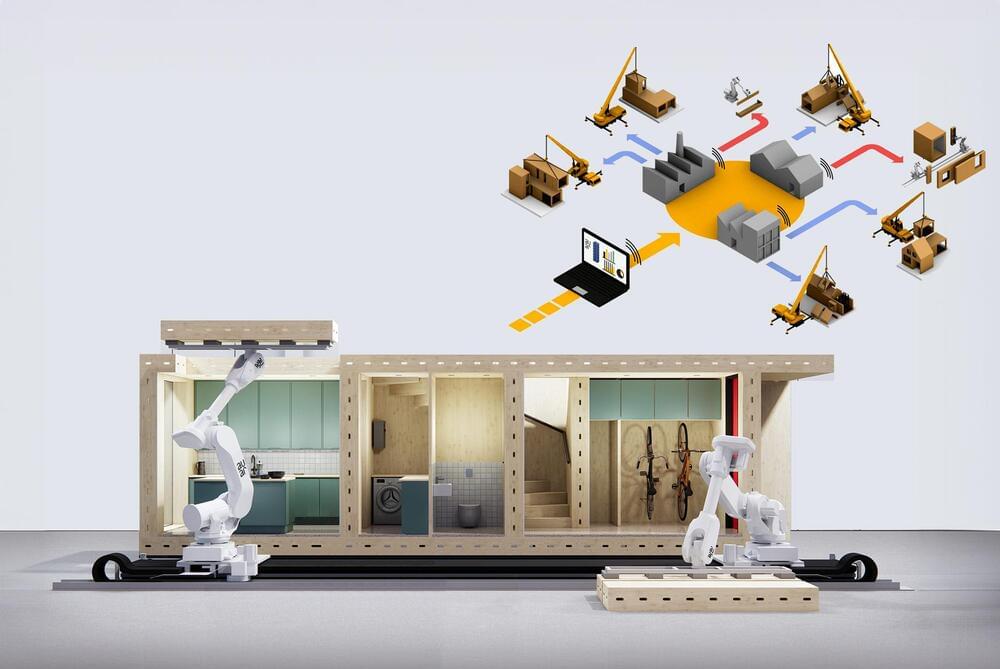In this edition of TechCrunch’s Week in Review (WiR) newsletter, we cover Boston Dynamics’ new humanoid robot and more.




Researchers at the University of Bristol have uncovered the secrets behind the quiet operation of futuristic aircraft equipped with innovative embedded engines.
The study sheds light on the noise generation and transmission mechanisms of boundary layer ingesting (BLI) ducted fans. These engines draw in air from both the front and the surface of the aircraft’s body and operate with high efficiency, reducing fuel consumption compared to traditional engines.



The LASSIE project is preparing for a time when people and robots explore space together.
Learn more about how the #space economy can improve life on #Earth from our new insight report, ‘Space: The $1.8 Trillion Opportunity for Global Economic Growth’:
Space is approaching a new frontier. The space economy is expected to be worth $1.8 trillion by 2035 as satellite and rocket-enabled technologies become increasingly prevalent, according to a new report.
Already, space-enabled technologies drive everything from weather forecasts to the increasingly ubiquitous smart gadgets such as smart watchs. Yet space technologies are also delivering benefits to a wider range of stakeholders, with industries such as retail, consumer goods and lifestyle; food and beverages; supply chains and transport; and disaster mitigation all set to benefit from space innovations.
“Space technologies are delivering greater value to a more diverse set of stakeholders than ever before,” said Sebastian Buckup, Member of the Executive Committee, World Economic Forum. “As costs reduce and accessibility rises, these technologies could reshape whole industries, and have as much impact on business and society as smartphones or cloud computing.”

Everyone is in a big hurry to get the latest and greatest GPU accelerators to build generative AI platforms. Those who can’t get GPUs, or have custom devices that are better suited to their workloads than GPUs, deploy other kinds of accelerators.
The companies designing these AI compute engines have two things in common. First, they are all using Taiwan Semiconductor Manufacturing Co as their chip etching foundry, and many are using TSMC as their socket packager. And second, they have not lost their minds. With the devices launched so far this year, AI compute engine designers are hanging back a bit rather than try to be on the bleeding edge of process and packaging technology so they can make a little money on products and processes that were very expensive to develop.
Nothing shows this better than the fact that the future “Blackwell” B100 and B200 GPU accelerators from Nvidia, which are not even going to start shipping until later this year, are based on the N4P process at Taiwan Semiconductor Manufacturing Co. This is a refined variant of the N4 process that the prior generation of “Hopper” H100 and H200 GPUs used, also a 4 nanometer product.

Construction is the world’s largest industry, employing seven percent of the planet’s working-age adults, contributing 13 percent of the world’s GDP and completing floor space equivalent to the city of Paris every seven days.
The construction industry is also the most inefficient, least digitised and most polluting industry (37% of ALL emissions), so change is imperative from macro economic necessity alone. For the builders of the world faced with a jigsaw puzzle of partial digital solutions and chronic labor and supply chain issues, the margins are growing ever-thinner and the necessity is to change or perish.
British company Automated Architecture (AUAR) has a thoroughly ingenious solution and it has enlisted an all-star cast of financial backers in short order: Morgan Stanley, ABB Robotics, Rival Holdings (USA), Vandenbussche NV (Belgium) with VCs such as Miles Ahead and Bacchus Venture Capital (Jim Horowitz et al) helping to get the initial idea off the ground.
Scientists developed a device that combines wind and solar to harvest clean energy more efficiently and create a self-cleaning solar panel.

The “it” Mr Woodman is referring to is Sora, a new text-to-video AI model from OpenAI, the artificial intelligence research organisation behind viral chatbot ChatGPT.
Instead of using their broad technical skills in filmmaking, such as animation, to overcome obstacles in the process, Mr Woodman and his team relied only on the model to generate footage for them, shot by shot.
“We just continued generating and it was almost like post-production and production in the same breath,” says Patrick Cederberg, who also worked on the project.